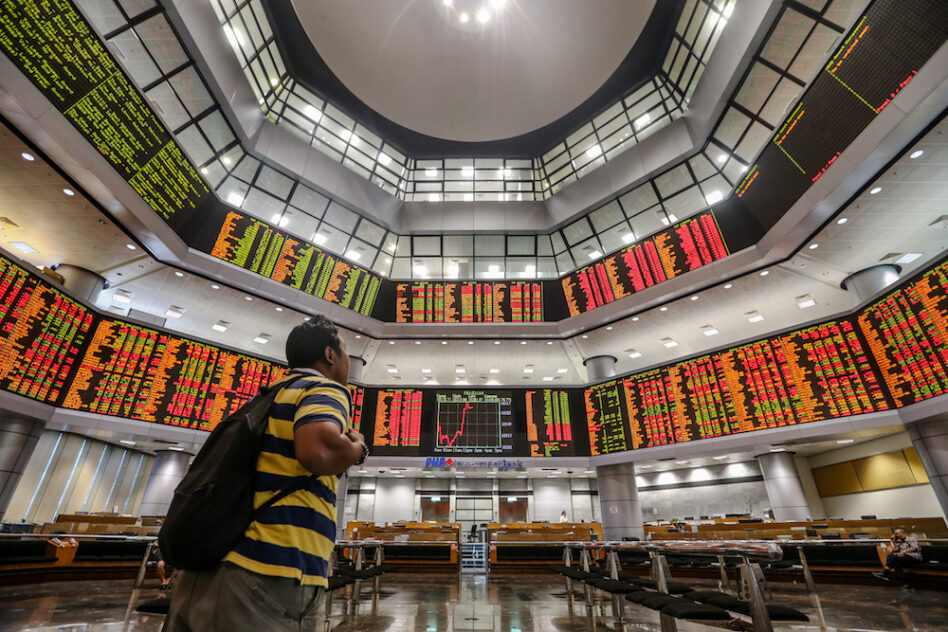THE current high interest rate climate has made banks short-term net beneficiaries with every 25 basis points (bps) hike in overnight policy rate (OPR) potentially expand their net interest margin (NIM) by 5.0-6.0bps which in turn, bump up their earnings forecast by 4%-5% on a full-year basis.
For the uninitiated, NIM is the difference between the income earned from loans and the interest paid out for deposits.
As per market sentiments, banking stocks have been the top gainers/performers on Bursa Malaysia while from the debt instrument front, banks are also top gainers from higher coupon rates for fresh issuance of government bonds as well as higher yields on the secondary markets.

Based on the above account, EMIR Research is proposing to the new government of Datuk Seri Anwar Ibrahim to impose a certain percentage of “windfall tax as part of ‘recouping’ the government’s incurred expenditure to increase its targeted subsidy allocations”.
“This would partly relieve some pressure on our reliance on PETRONAS dividends for example – with oil prices expected to come down,” opined EMIR Research’s president and CEO Datuk Dr Rais Hussin and the think tank’s social, law & human rights head Jason Loh Seong Wei in a commentary entitled “Immediate priorities of the new PM”.
“With the fourth consecutive OPR hike to 2.75%, this would mean the rise in the cost of loans affecting both businesses and households and – by extension – the cost of living.”
In a related development, Rais also mooted the idea of banks being able to afford a dual-interest rate regime which can be readily implemented.
“It’s just a matter of political will on all sides – regulator and lender,” he argued. “Bank Negara Malaysia (BNM) should instruct commercial banks under the Central Bank Act 2009 to provide a lower interest rate (based on the OPR of 1.75% before the first hike in May 2022) to the B40 and M40 households.”
Rais further pointed to the fact that the OPR is flanked by “two sides of the corridor”, namely the ceiling and floor rates which are separated from the OPR by 0.25% (25 bps).
“With 2.75% OPR, this means that the floor rate is at 2.50%. Even at 2.50% interest paid on deposits of commercial banks (at the standing facility), they (commercial banks) can still afford to allow the B40 and some M40 to pay their instalments based on pre-May interest rate,” he suggested.
“The thing is for BNM to ensure that more funds can be deposited by commercial banks – dubbed the Interbank Institutions under KLIBOR (Kuala Lumpur Interbank Offered Rate) system – by increasing its purchases of Malaysian Government Securities (MGS) from the commercial banks up to a certain level that ensures the target OPR level is hit.”
This requires some policy adjustments (limited type of quantitative easing) but no need for legislative amendments to the Central Bank Act 2009 as “this isn’t at all debt monetisation”. – Nov 30, 2022
Main photo credit: The Edge Markets









